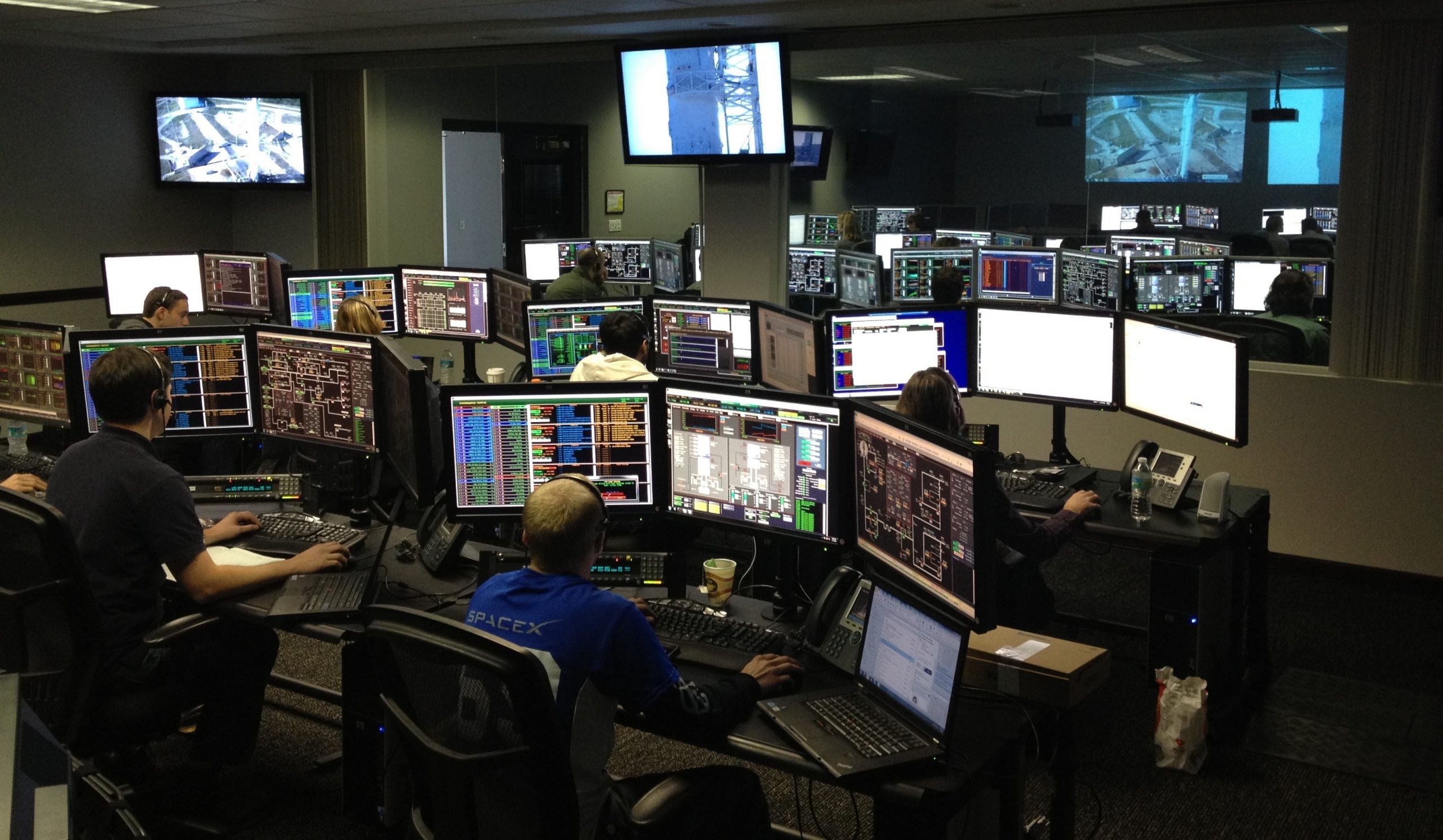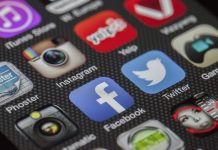
SpaceX was forced to call off the launch of National Aeronautics and Space Administration (NASA) astronauts Doug Hurley and Bob Behnken to the International Space Station (ISS) due to poor weather conditions.
The NASA astronauts were scheduled to launch from the Kennedy Space Center to the ISS via the SpaceX Falcon rocket and its Dragon crew capsule but bad weather forced controllers to call it off just 16 minutes before lift-off.
The launch would have been the first orbital mission from the US in nine years. SpaceX and NASA will try to conduct the launch again on Saturday and if it still doesn't push through, Sunday would be the third schedule.
Just an hour after the mission was called off, weather conditions became acceptable, adding to the frustration.
However, they were following an instantaneous launch window where the SpaceX Falcon rocket and its Dragon crew capsule had to leave on time to be able to catch the space station.
US President Donald Trump and First Lady Melania Trump, as well as Vice-President Mike Pence and his wife Karen had all flown in to witness the historic event.
NASA Administrator Jim Bridenstine said: "I know there's a lot of disappointment today. The weather got us. But this was a great day for NASA and for SpaceX. Our teams worked together in a really impressive way, making good decisions all along. So, let's go; let's go get this done. Saturday is going to be a great day."
First US launch in a decade and ISS activities
This will be the first space mission launched from the US since NASA’s Space Shuttle program retired in 2011 and will also be the first crewed mission for SpaceX since it was founded 18 years ago.
Both Hurley and Behnken served as former military test pilots and veteran astronauts who have flown in previous space shuttle missions. They will spend as many as 110 days in space but NASA stated that the “specific mission duration will be determined once on station based on the readiness of the next commercial crew launch.”
The coronavirus pandemic has forced NASA to shut down many of its activities but it has maintained all ISS-related activity. On Friday, astronauts Jessica Meir and Andrew Morgan returned from their stay on the ISS aboard a Russian spacecraft.
Since 2000, a rotating crew of astronauts from various countries have been continually hosted by the ISS, with the US and Russia serving as the primary operators of the space station.
However, since 2011, Russia became the only country that was able to transport astronauts to and from the ISS. According to NASA’s inspector general, the agency has paid up to $86 million per seat and about $55.4 million on average to fly US astronauts aboard Russia’s Soyuz spacecraft.
NASA's partnership with SpaceX and Boeing
NASA awarded SpaceX with $2.6 billion and Boeing with $4.2 billion in 2014.
While 2017 was the original target to complete space vehicles for transporting astronauts, it took longer for both companies to develop their spacecrafts.
SpaceX came out in front of the development race and successfully completed a test of its Crew Dragon spacecraft's emergency abort system in January while Boeing's Starliner spacecraft suffered major setbacks during an unmanned orbital flight test the month before.
Bridenstine believes the strategy will help NASA save money that can be spent on missions to the Moon and Mars.
"We envision a future where low-Earth orbit is entirely commercialised, where Nasa is one customer of many customers, where we have numerous providers that are competing on cost, on innovation and safety," he said.






